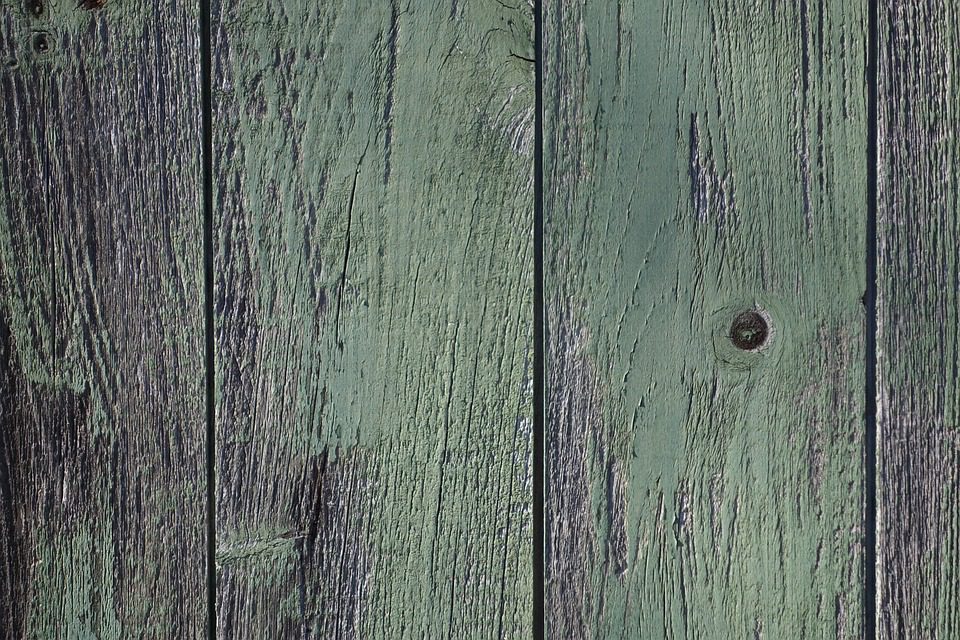Pattern printing is a unique form of art that has been practiced for centuries. From traditional block printing techniques to modern digital printing methods, pattern printing has evolved into a versatile and dynamic art form that can be used in a variety of creative projects. Whether you are a seasoned artist or a novice looking to explore new artistic techniques, understanding the art of pattern printing can open up a world of possibilities.
In this detailed guide, we will explore the history of pattern printing, different types of printing techniques, and tips for creating your own unique patterns.
History of Pattern Printing
The art of pattern printing has a long and rich history that dates back to ancient civilizations. One of the earliest forms of pattern printing was block printing, which originated in China around the 4th century BC. Block printing involves carving a design into a block of wood or other material and then using ink or dye to transfer the design onto paper or fabric.
Over time, block printing spread to other regions of the world, including India, Japan, and Europe, where it became a popular technique for creating intricate patterns on textiles and other decorative items. In the 19th century, advancements in technology led to the development of new printing techniques, such as screen printing and digital printing, which opened up new possibilities for creating vibrant and detailed patterns.
Types of Pattern Printing Techniques
There are several different types of pattern printing techniques that artists can use to create unique and striking designs. Some of the most common techniques include:
– Block Printing: As mentioned earlier, block printing involves carving a design into a block of wood or other material and then using ink or dye to transfer the design onto paper or fabric. This technique is ideal for creating bold and graphic patterns.
– Screen Printing: Screen printing involves creating a stencil, or screen, of the design and then using a squeegee to push ink through the screen onto the surface being printed. This technique is great for creating detailed patterns with multiple colors.
– Digital Printing: Digital printing is a modern technique that uses a computer to create and print designs onto various surfaces, such as paper, fabric, and even metal. This technique allows for precise and high-quality prints with intricate details.
Tips for Creating Your Own Patterns
If you are interested in creating your own patterns using pattern printing techniques, here are a few tips to help you get started:
– Start with a simple design: When creating your own patterns, it’s best to start with a simple design and then gradually add more complexity as you become more comfortable with the process.
– Experiment with different materials: Pattern printing can be done on a variety of surfaces, including paper, fabric, and even wood. Experimenting with different materials can help you discover new possibilities for your patterns.
– Use a mix of colors: Don’t be afraid to experiment with different colors when creating your patterns. Mixing and matching colors can add depth and dimension to your designs.
– Practice, practice, practice: Like any art form, pattern printing takes time and practice to master. Don’t be discouraged if your first few prints don’t turn out as you had hoped. Keep practicing and experimenting, and soon you will develop your own unique style.
In conclusion, the art of pattern printing is a versatile and dynamic form of art that offers endless possibilities for creative expression. By understanding the history of pattern printing, different types of printing techniques, and following these tips for creating your own patterns, you can unleash your creativity and explore this unique art form to its fullest potential. Whether you are a seasoned artist or a beginner looking to try something new, pattern printing offers a fun and rewarding way to create beautiful and unique works of art.




